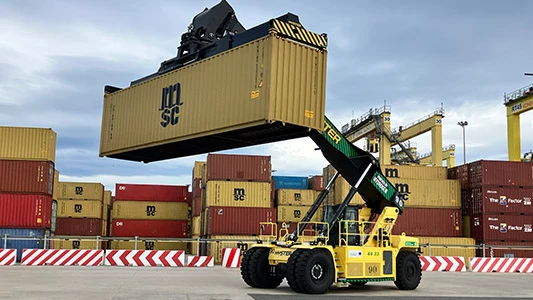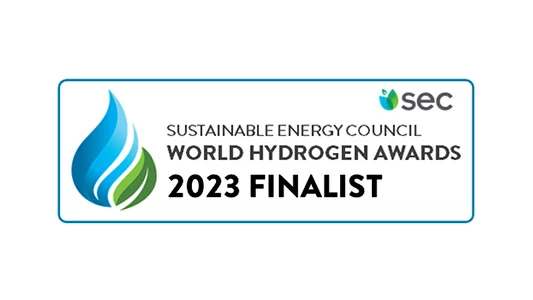Do electric container handlers produce carbon emissions?
No, both lithium-ion batteries and hydrogen fuel cells produce zero harmful emissions, and the latter emits only water vapor and heat as byproducts.
What are the emissions savings of an electric container handler?
The emissions savings will vary depending on the equipment being replaced, but as an example, the HFC top-pick container handler being piloted at the Port of Los Angeles is expected to provide emissions savings of 127 tons of carbon dioxide and almost half a ton of criteria pollution per year when used in regular container handling operations.











